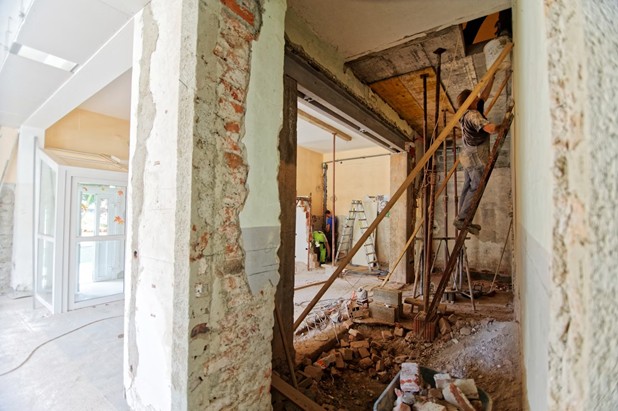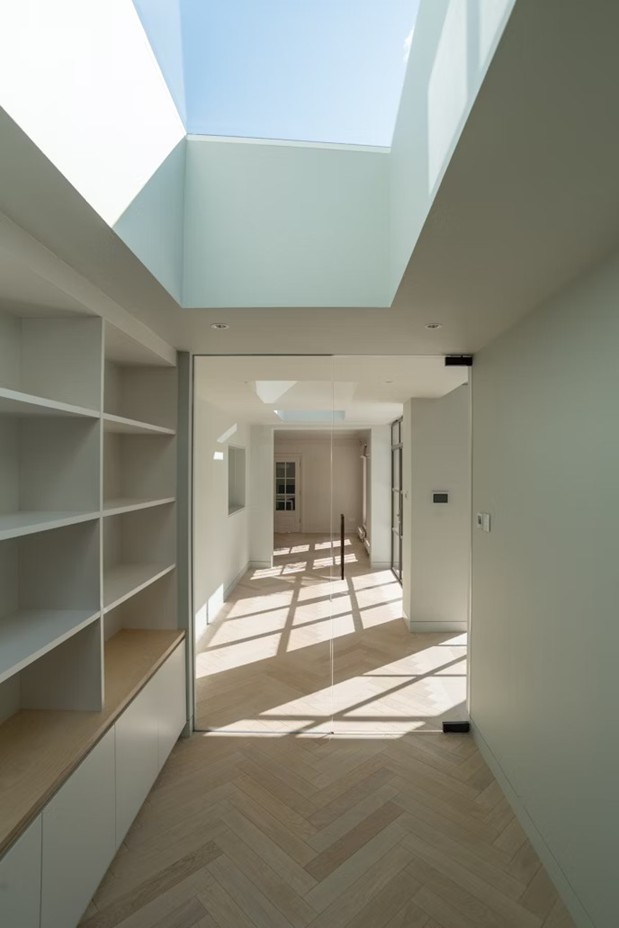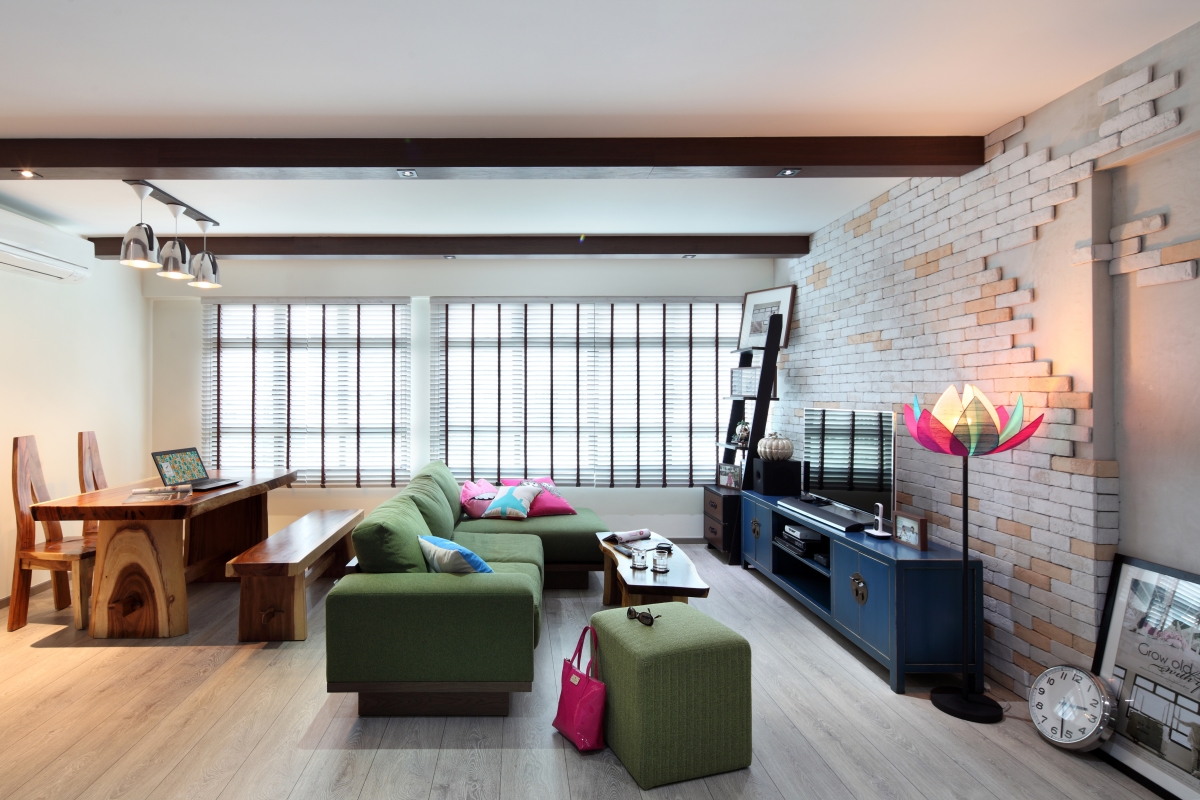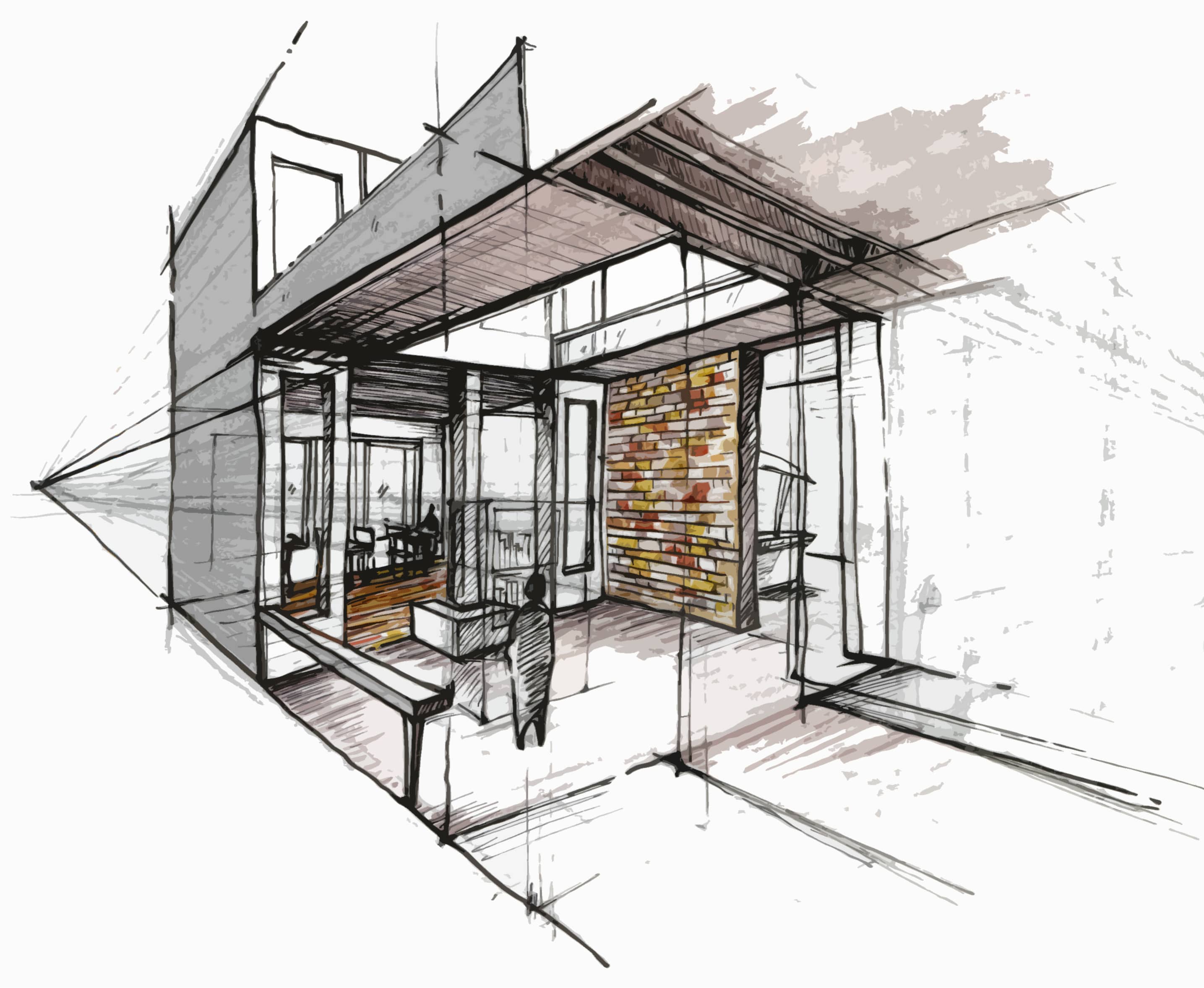Hidden Renovation Costs in Singapore You Didn’t Budget For - And How to Finance Them
Interior Design & Decor5 minutes read
21 views
21 views

Renovating a home in Singapore can be an exciting yet financially
daunting journey. Most homeowners, especially first-timers, start with a clear
renovation budget based on contractor quotes
and planned designs.
However, as the project progresses, many discover unexpected expenses that were never part
of the original discussion. These hidden renovation costs can quickly snowball,
causing stress and forcing compromises in other areas.
Imagine this:
you’ve planned out your renovation meticulously, accounting for every detail
from the paint colors
to the lighting fixtures. You’ve
signed the renovation contract, and you’re
ready to go. But as the renovation works
begin, you start
encountering additional costs
that weren’t in your budget. Perhaps the electrical
wiring in your resale flat needs a complete overhaul, or the plumbing and
structural changes of your walls requires reinforcement. Suddenly, the painting
renovation costs you had so carefully planned for are no longer sufficient.
Many homeowners find themselves in a similar predicament. The
renovation process, while exciting, is fraught with hidden costs that can
emerge at any stage. These costs are often not accounted for in the initial
budget, leaving homeowners scrambling to find the funds to cover them. Whether
it’s the unexpected need for debris removal, the cost of additional power points,
or unforeseen touch-ups, these renovation needs can add up quickly.
The Sneaky
Expenses That Creep
In
What
you see on a renovation quote is rarely the full picture. Many homeowners are
caught off guard when they’re
asked to pay for demolition and disposal services
after tearing down walls or old fixtures, which are often excluded
from the main quote. This is especially common in older flats where additional
work is required to bring them up to modern standards. For example, outdated
wiring in older resale flats often fails to meet current electrical load
standards, necessitating a full rewiring that can cost thousands.
Custom carpentry
is another area where costs can quickly spiral out of control. Changes in
design, size, or layout can lead to unforeseen expenses. For instance, if you decide
to add a building TV console
or customize your kitchen cabinets
mid-way through the renovation, you might find yourself paying
significantly more than initially planned, especially with built in carpentry.
Administrative costs can also be an unexpected burden. Some developments charge fees for renovation permits, security deposits,
or even mandatory insurance. These fees can add up, contributing to the overall
renovation cost.
Additionally, once the renovation is complete, the expenses don’t
necessarily stop. Deep post-renovation cleaning, air-conditioning service, and pest control might
become necessary, especially
in dusty or wet areas, following renovations.
When Delays
Cost More Than
Time
Renovation
delays in Singapore are not uncommon. Whether due to contractor scheduling
issues, shipment delays, or permit approval hold-ups, the resulting cost can be
substantial. These delays not only push back your project’s completion date but can also lead to significant additional costs that many
homeowners overlook.
For example, if
your renovation work takes longer than expected, you might need to rent a
temporary place to stay during the extended
renovation period, which could include
rooms. This can be a
significant financial burden, especially if the delays are prolonged.
Additionally, you might find yourself paying for storage of your furniture
beyond the expected period, further adding to the renovation cost.
Time-sensitive costs like these are often overlooked in the initial
budget but can have a significant financial impact if you’re
not prepared.
How to Budget Smarter
and Expect the Unexpected
While
you can’t eliminate every surprise, you can definitely plan for them. A smarter
renovation budget isn’t just a list of design items and contractor fees; it
includes room for the unknown. To save money and avoid unpleasant surprises,
it’s wise to speak with multiple contractors and request itemized quotations. This can help you see what’s included
and what’s not, giving you a
clearer picture of the potential costs involved.
Talking to friends, family, or online homeowner communities who have
recently renovated can also offer valuable insights into what hidden costs to
anticipate. Their experiences can provide examples of unexpected expenses
and help you prepare for similar situations. By learning from others, you can better
anticipate potential costs
and make more informed decisions during your
renovation process.
Another important
strategy is to build in a financial
buffer. Even if it’s not used, having a financial cushion provides peace of mind
throughout the renovation process. It ensures that you’re prepared for any
additional costs that might arise, allowing you to manage your budget more
effectively and avoid financial stress.
Flexible Financing
Options When Costs Go Beyond
Plan

When renovation costs go beyond your initial budget, flexible
financing options can be a lifesaver. Renovation loans in Singapore are
specifically designed to support homeowners in financing the costs associated
with improving or upgrading their properties. These loans can cover various
costs such as contractor fees,
materials, and labor,
but may exclude
certain items like built-in
appliances.
Key points
about HDB renovation loans include:
●
The maximum loan amount is typically
capped at S$30,000
or six times the borrower’s monthly income, whichever is
lower.
●
Interest rates for renovation loans can vary significantly, with rates for private housing generally being higher than those
for public housing.
●
Lenders may impose specific
eligibility criteria, often
requiring borrowers to be
Singaporean Citizens or Permanent Residents with a stable income.
In addition to renovation loans,
a personal loan and credit
card can also be useful
for covering additional costs. Personal loans often come with lower interest rates compared to credit cards, making them a more cost-effective
option for larger expenses.
However, credit
cards can be valuable for managing short-term cash flow or for taking advantage of promotional offers such as cashback or 0% interest
installment plans. To make an informed choice, you can find credit cards in Singapore at
Singsaver and compare the
best options available for renovation or large-ticket spending. It’s essential to consider the terms and conditions of these financing options
carefully. Some banks offer prepayment options on renovation loans, although
penalties may apply if the loan is paid off early.
Conclusion
Home renovation in Singapore is about more than aesthetics and
layouts—it’s about resilience and readiness. By understanding the full scope of
potential costs and proactively considering financing strategies, you can avoid
being blindsided when surprises emerge. Careful planning, combined with flexible financial
tools, ensures that your dream home and house don’t become a financial nightmare.
From hidden electrical works to unforeseen delays, the renovation process is filled with potential pitfalls. However, with the
right knowledge and preparation, you can navigate these challenges effectively. Smarter
budgeting and exploring
flexible financing options
help manage the financial
surprises of home renovation, including the work involved.
Ultimately, the key to a successful renovation lies in being
prepared for the unexpected. Taking a proactive approach and
considering all potential costs turns your renovation dreams into reality
without financial strain. Remember, a well-planned renovate is a rewarding
journey that goes beyond the vinyl flooring floor plan, creating a space that
truly feels like home.
Frequently Asked Questions
What are some common hidden
costs in home renovations?
Hidden costs in home renovations often include expenses
for demolition and disposal, electrical rewiring, custom carpentry,
administrative fees, and cleaning services after the project is completed. Be
sure to factor these into your budget to avoid surprises.
How do renovation delays
lead to additional costs?
Renovation delays result in extra expenses like temporary housing,
furniture storage, and extended contractor fees.
It's crucial to manage timelines effectively to avoid
these unforeseen costs.
What are some strategies to budget for unexpected renovation costs?
To
effectively budget for unexpected renovation costs, establish a financial
buffer and obtain itemized quotations from multiple contractors. Engaging with friends
or online communities for insights can also provide valuable perspective.
What financing options are available
for renovation overruns?
Financing options for renovation overruns
include renovation loans,
personal loans, and credit
cards. Carefully evaluate the terms and conditions of each to determine the
best fit for your financial situation.
How can I avoid being blindsided by unexpected renovation expenses?
To avoid unexpected renovation expenses, create a detailed
budget that includes
a financial buffer for hidden
costs, and consider flexible financing options to manage any additional expenses.
This proactive approach will help you stay prepared and minimize surprises.
Request for quotes and we'll match you with a selection of Interior Designers!
Previous
How to Get Your Full Bond Back: A Complete Guide to Bond Cleaning


 Sign Up with Google
Sign Up with Google

.jpg)